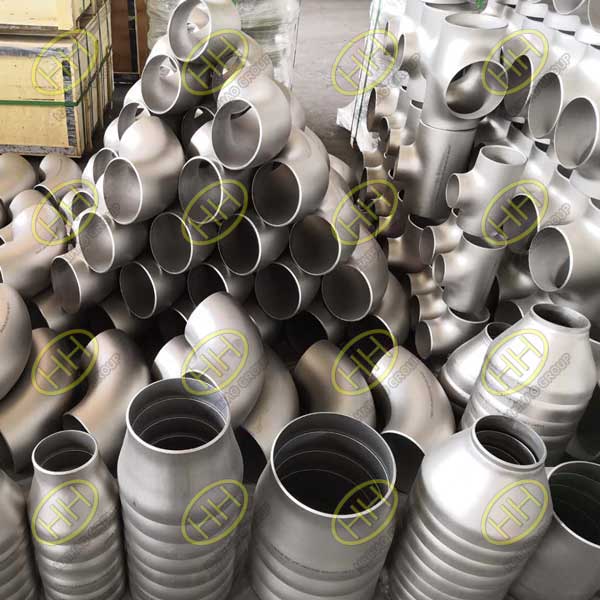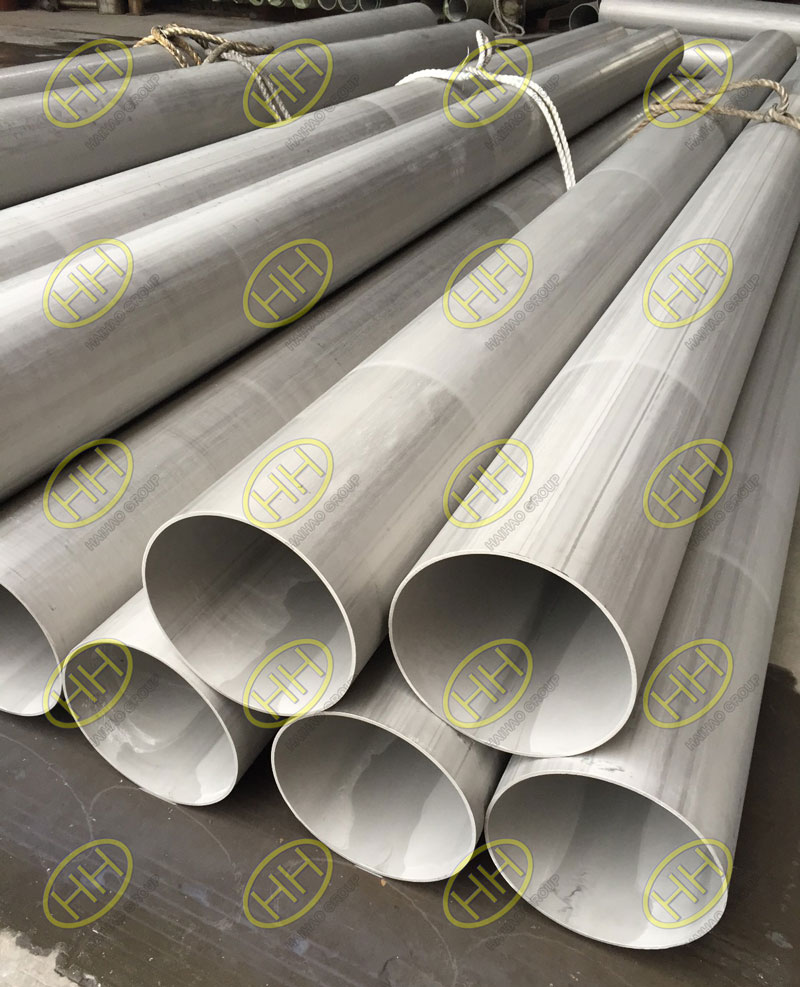Understanding intergranular corrosion in austenitic and ferritic stainless steels
Stainless steels are highly valued for their excellent corrosion resistance, primarily due to the presence of chromium, which forms a protective oxide layer on the surface. However, certain conditions can lead to a specific type of corrosion known as intergranular corrosion (IGC), which occurs along the grain boundaries of the metal. This phenomenon is particularly relevant in austenitic and ferritic stainless steels.

Stainless steel pipe fittings
Intergranular Corrosion in Austenitic Stainless Steels
Austenitic stainless steels, which are known for their good mechanical properties and corrosion resistance, can suffer from intergranular corrosion under certain conditions. This type of corrosion is primarily related to the behavior of carbon and chromium in the alloy.
- Role of Chromium: Chromium is essential for the corrosion resistance of stainless steel. For the steel to maintain its corrosion resistance, all areas of the steel must contain a sufficiently high level of chromium.
- Chromium Carbide Formation: At solution annealing temperatures, carbon is relatively soluble in the austenitic matrix (up to 0.1%). However, as the temperature drops, the solubility of carbon decreases significantly (to less than 0.02% at room temperature). The excess carbon tends to form chromium carbides (Cr23C6) at the grain boundaries. This process depletes the adjacent areas of chromium, creating chromium-depleted zones that are susceptible to corrosion.
- Factors Influencing IGC: The temperature range in which chromium carbide precipitation occurs is critical. This range is typically between 950°C and 400°C. Above 950°C, diffusion is rapid, allowing the chromium to replenish the depleted zones. Below 400°C, diffusion effectively stops, preventing further chromium migration.
- Preventing IGC in Austenitic Stainless Steels:
Rapid Cooling: If austenitic stainless steel is rapidly cooled from the solution annealing temperature (e.g., water quenching), carbide precipitation can be minimized, preventing the formation of chromium-depleted zones.
Welding Considerations: Welded structures, such as pressure vessels, pose a unique challenge because post-weld solution annealing is often impractical. To mitigate IGC, techniques include reducing the heat input during welding and using low-carbon or stabilized grades of stainless steel (e.g., grades with titanium or niobium additions that preferentially form carbides).
- Testing for IGC Susceptibility: Due to the impact of manufacturing processes on corrosion resistance, it is crucial to perform intergranular corrosion sensitivity tests on each batch of steel and the final welded components.

ASTM A312 TP304 welded steel pipes
Intergranular Corrosion in Ferritic Stainless Steels
Ferritic stainless steels also face the risk of intergranular corrosion, although the mechanisms differ slightly due to the nature of the ferritic microstructure.
- Solubility of Carbon and Nitrogen: Ferritic stainless steels have a much lower solubility for carbon and nitrogen compared to austenitic steels. Therefore, even small amounts of these elements can significantly impact the steel’s resistance to intergranular corrosion.
- Rapid Diffusion: Alloying elements, including carbon and chromium, diffuse more quickly in ferritic structures. During high-temperature annealing, carbon and chromium are dissolved in the ferritic matrix. As the temperature drops to the precipitation range of chromium carbides, these elements quickly precipitate at grain boundaries.
- Preventing IGC in Ferritic Stainless Steels:
Controlled Cooling: Unlike austenitic steels, ferritic stainless steels should be cooled slowly after annealing (usually air cooling) to allow sufficient diffusion of chromium into the depleted zones, mitigating the formation of IGC-prone areas.
Avoiding Slow Cooling Through Critical Ranges: It is essential to avoid excessively slow cooling through the temperature ranges of 500°C to 925°C, where sigma (σ) phase can precipitate, and 400°C to 500°C, where alpha prime (α’) phase can form, both leading to brittleness.
Understanding the mechanisms and preventive measures for intergranular corrosion in austenitic and ferritic stainless steels is crucial for maintaining their corrosion resistance. By controlling carbon and chromium content, employing appropriate heat treatment and cooling methods, and conducting rigorous testing, the integrity and longevity of stainless steel components can be ensured. For manufacturers like Haihao Group, these practices are integral to producing high-quality, corrosion-resistant stainless steel products that meet the demanding requirements of various industries.

